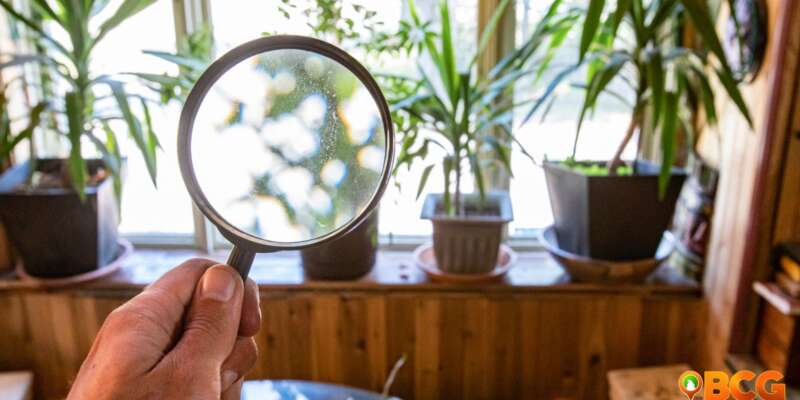12 Plants that Can Help Improve Your Home’s Air Quality
In light of the declining air quality in some metropolitan cities in the Philippines, exacerbated by smog and volcanic fumes from Taal Volcano, the importance of maintaining clean air within our homes has never been more paramount. Various plants can serve as natural purifiers, helping to mitigate the impact of environmental pollutants and contribute to a healthier living environment. Here are some plants, including those native to the Philippines, that are renowned for their air-purifying qualities:
1. Areca Palms
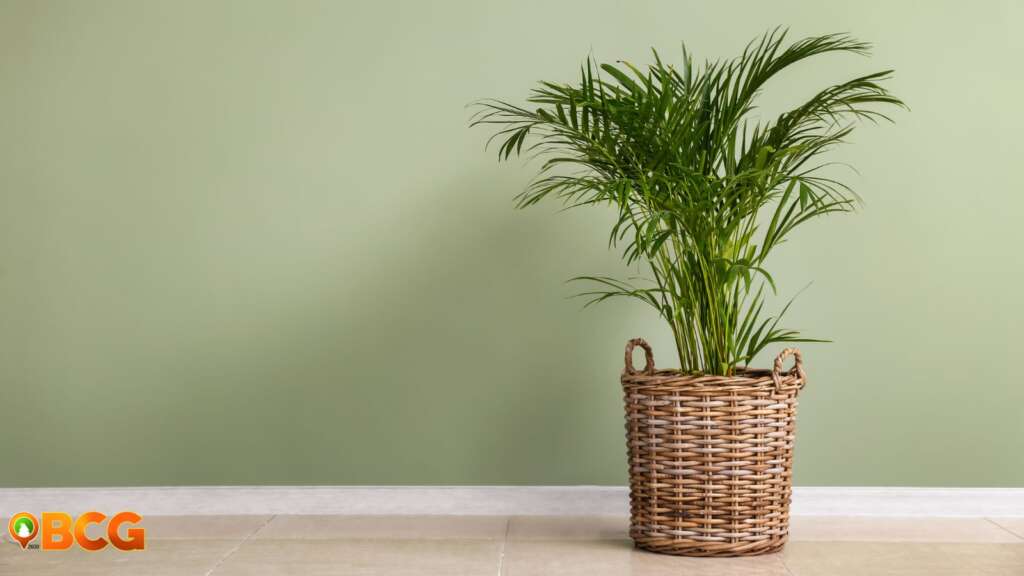
Areca Palms are not only aesthetically pleasing but also effective in removing harmful toxins such as benzene, formaldehyde, and trichloroethylene from the air. They are relatively easy to care for, making them an excellent choice for beginners and those looking to greenify their living spaces.
2. Snake Plants
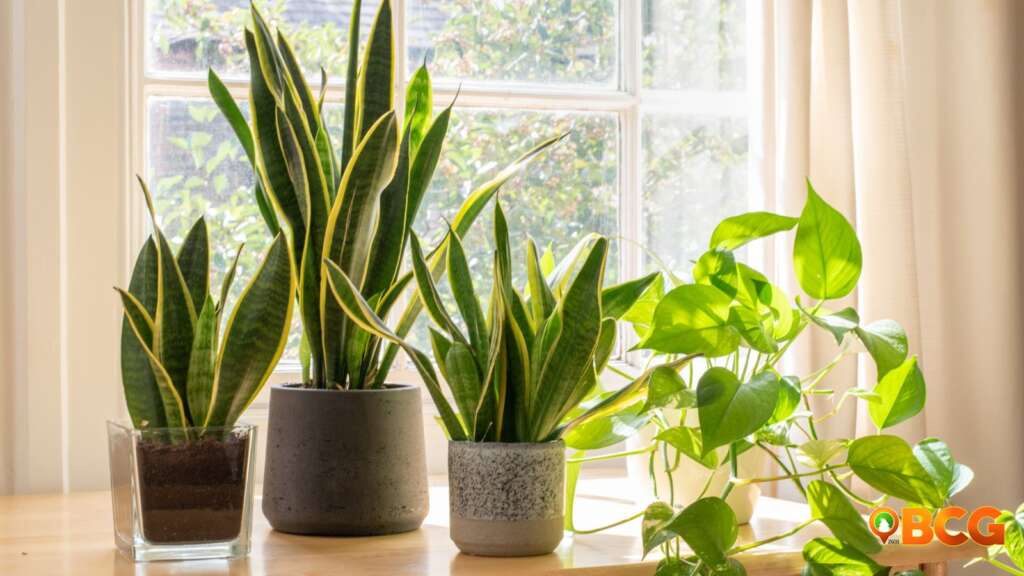
Known globally for their air-purifying abilities, Snake Plants can remove a variety of toxins from the air, even at night. Their low-maintenance nature makes them suitable for busy individuals who desire a cleaner indoor environment.
3. Peace Lilies
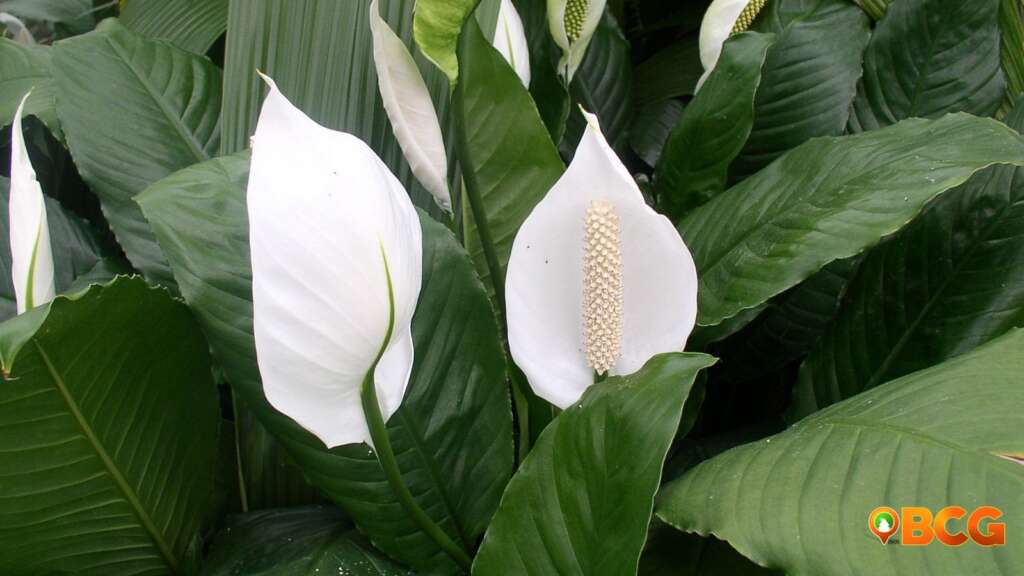
Peace Lilies are beautiful flowering plants with the ability to improve indoor air quality significantly. They excel in removing formaldehyde, benzene, and trichloroethylene, and their preference for humid conditions makes them ideal for bathrooms and kitchens.
4. Spider Plants
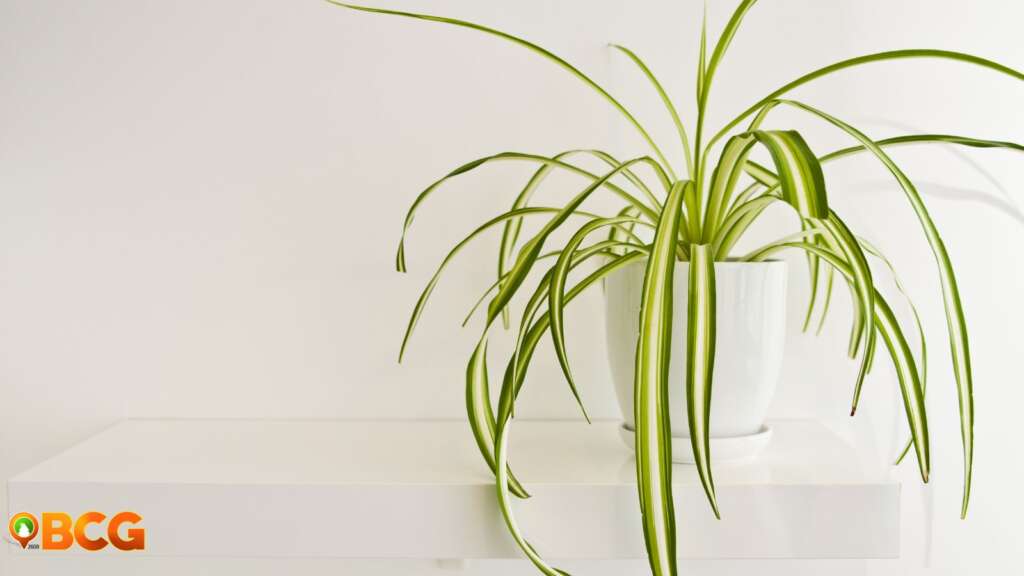
Spider Plants are easy to care for and known for their ability to purify the air by removing formaldehyde, benzene, and xylene. They produce “spiderettes” that can be propagated to create new plants, allowing you to expand your indoor garden effortlessly.
5. Golden Pothos
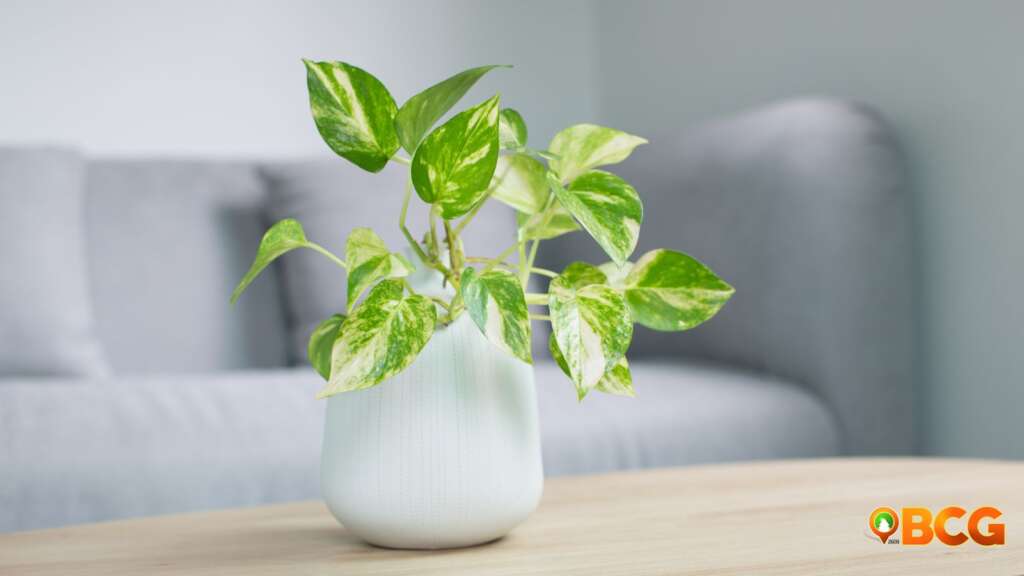
Golden Pothos is a versatile plant native to the Philippines. It is recognized for its ability to remove several toxins from the air and can be grown in various conditions, making it a popular choice for improving indoor air quality.
6. English Ivy

This fast-growing vine is effective in purifying indoor air by removing several harmful toxins. English Ivy is adaptable to different growing conditions, making it a flexible option for various households.
7. Rubber Plants
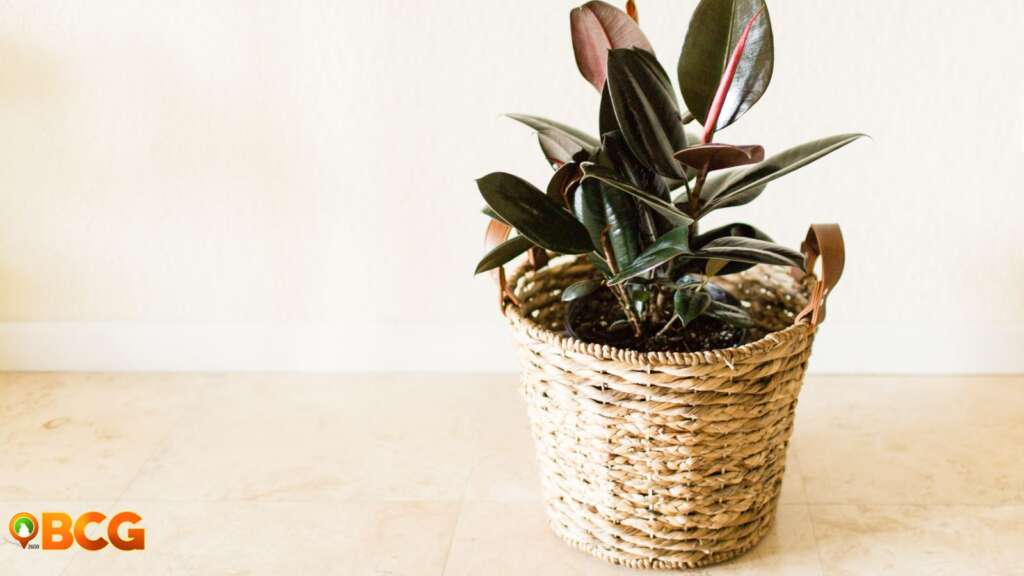
Rubber Plants are large, leafy greens that enhance indoor air quality by removing several toxins. Their preference for humid conditions makes them suitable for specific areas of the home, such as bathrooms and kitchens.
8. Philodendrons
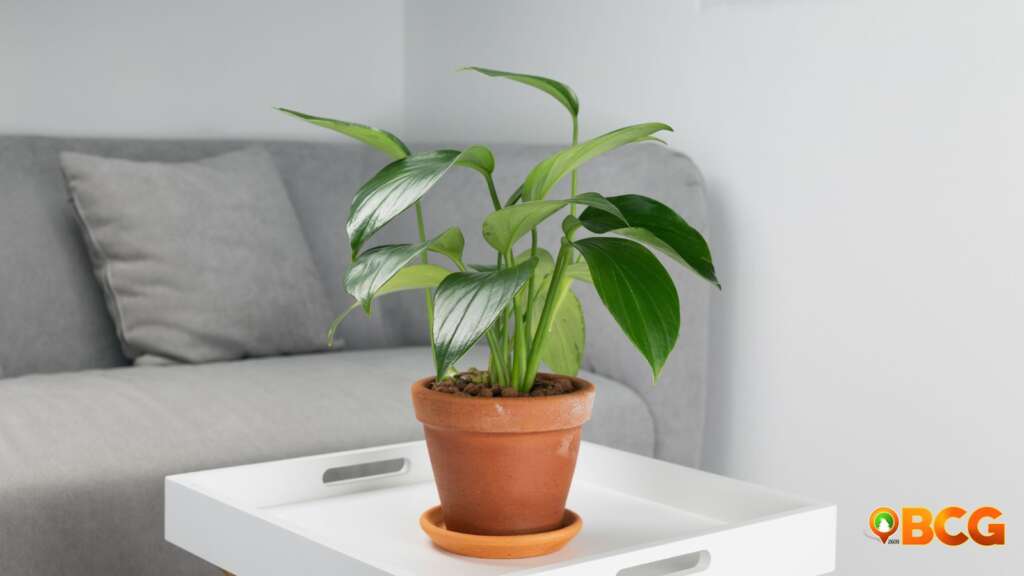
Philodendrons are diverse and adaptable, known for their ability to purify the air by removing several harmful substances. They can be grown in various light conditions, making them a versatile choice for indoor gardening.
9. Aglaonemas
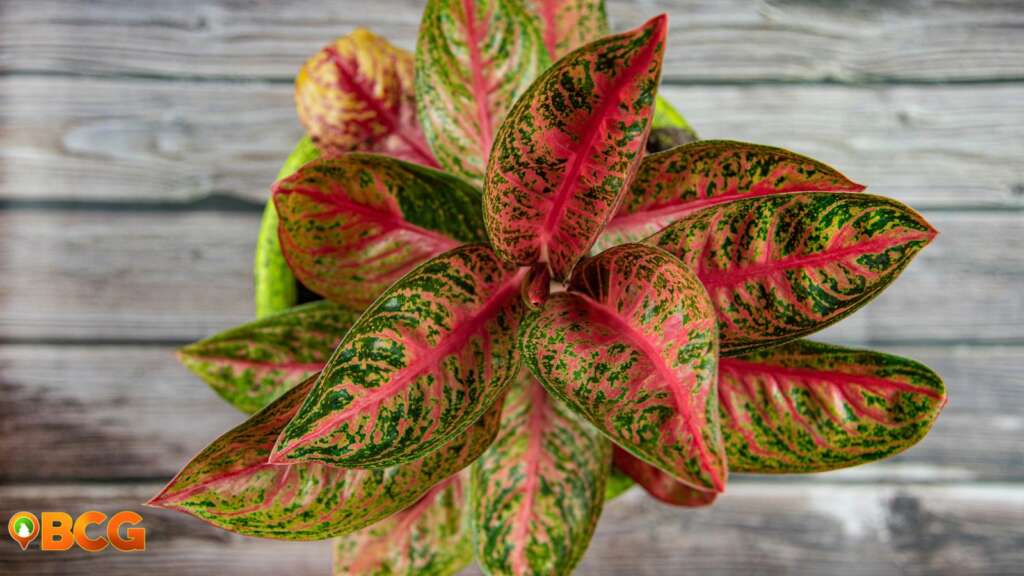
Aglaonemas are low-maintenance plants that improve indoor air quality by removing a variety of toxins. They are adaptable to different light conditions, adding to their appeal as indoor plants.
10. Aloe Vera
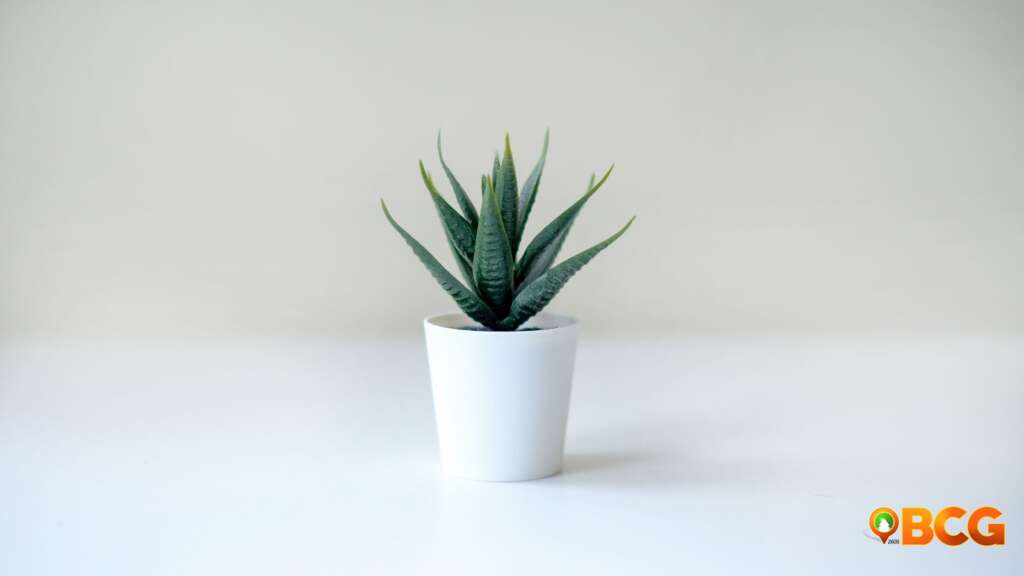
Aloe Vera is not only known for its medicinal properties but also its ability to purify the air by removing several toxins. This succulent is low-maintenance and adaptable to various light conditions.
11. Anthurium

Do you find this content useful?

Native to the Philippines, Anthuriums are effective at removing ammonia, formaldehyde, xylene, and toluene, contributing to a healthier and cleaner indoor environment.
12. Pandan
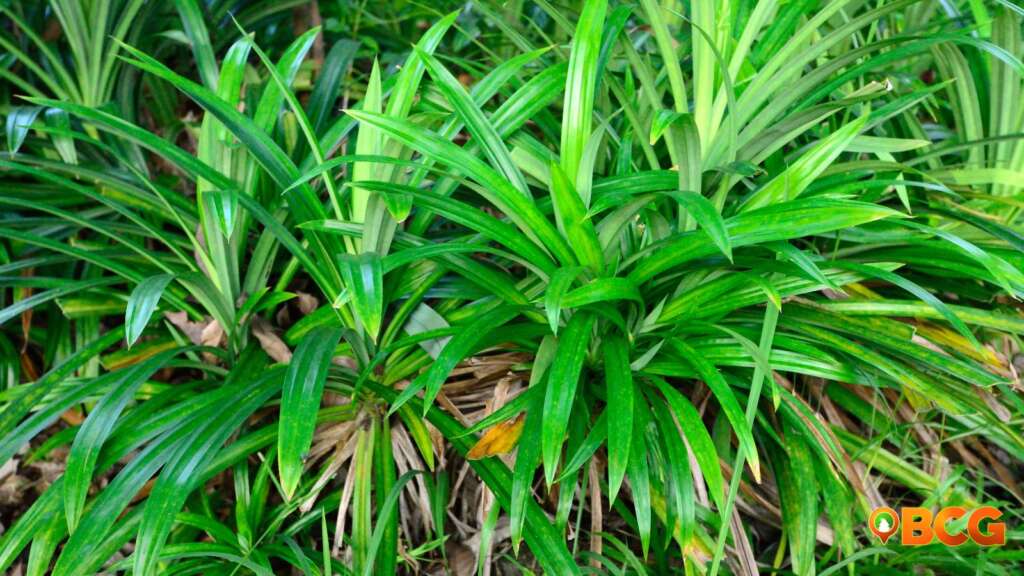
Pandan, commonly used in Filipino cuisine, also has air-purifying qualities and is known to repel insects, adding a layer of protection to your home.
Conclusion
In conclusion, planting more of these air-purifying plants can significantly contribute to improving the air quality within our homes, especially in areas affected by environmental pollutants. Additionally, let’s not forget the broader impact of greenery on our environment. We encourage everyone to not only cultivate more plants but also to actively participate in protecting existing trees and green spaces. These actions are small steps towards a healthier, greener, and more sustainable future for all.

